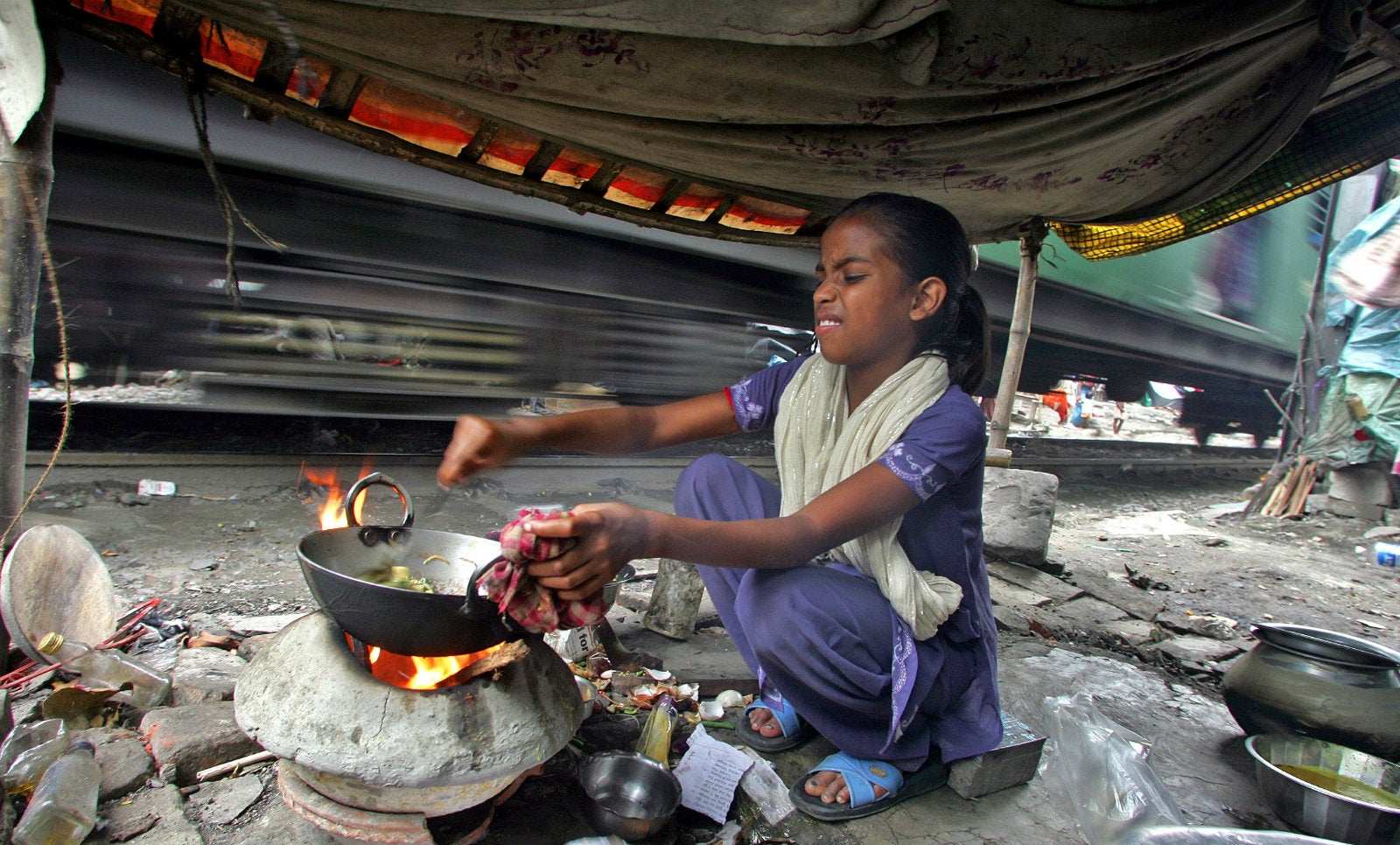After years of falling, poverty in India may have risen again since GST and demonetisation
This story has been updated.


This story has been updated.
Poverty and malnutrition in India may have increased substantially in 2017-18, leading to a fall in consumer spending in the country for the first time in over four decades.
That year, rural consumption (the average monthly spend of a person) fell 8.8% from 2011-12, the Business Standard newspaper reported on Friday, citing an unpublished survey from the National Statistical Office (NSO). Urban spending, meanwhile, rose by a meagre 2% in the period.
Quartz could not independently verify the data.
The fall in overall consumption (by 3.7%) in 2017-18 is the first since the 1972-73 global oil crisis, Himanshu, a professor at Jawaharlal Nehru University’s Centre for Economic Studies and Planning, told Business Standard:
“In the last five decades at least, there has never been a period that consumption expenditure in real terms has declined. This data clearly shows that poverty levels would have gone up substantially. A back of the envelope calculation would suggest that the percentage of population in poverty would have gone up by at least 10 percentage points.”
In 2011-12, the share of India’s population living below the poverty line stood at 22%, much lower than the 30% recorded two years earlier, and 37% recorded in 2004-05, according to Reserve Bank of India data.
NSO’s current findings suggest these gains may have been nearly offset by 2017-18.
Most worryingly, consumers were penny-pinching on not only clothing, education, and rent but even food.
Going hungry
Rural consumers spent an average of Rs580 ($8) per month on food in 2017-18, down 10% from Rs643 in 2011-12. Urban consumers, on the other hand, spent Rs946 on average on food, nearly the same (Rs943) as in 2011-12.
People drastically reduced expenses on cereals, sugar, spices, edible oil, and pulses, the report noted.
“A fall in food spending, especially in villages, shows that malnutrition has increased,” Abhijit Sen, a member of India’s erstwhile planning commission told the newspaper.
Economic fallout
India’s ongoing economic slowdown has been largely attributed to a fall in consumer demand. The country’s GDP growth stood at a six-year low of 5% in April-June 2019.
The findings of the NSO suggest these wounds may have been self-inflicted. The survey was conducted between July 2017 and June 2018, coinciding with the rollout of the goods and services tax (GST) and came a few months after demonetisation.
The hasty changes are believed to have caused large-scale distress, including loss of jobs and an erosion in wages. In 2017-18, India’s unemployment rate stood at a 45-year high of 6.1%, the labour ministry had confirmed in May.
The sluggish demand continues to hurt. FMCG majors, that derive 35% of their sales from rural areas, are resorting to price cuts and other measures as the slowdown bites.
The NSO’s survey was approved for release in June this year, but was withheld by the organisation due to its “adverse” findings, Business Standard said citing four unnamed sources. The study was reportedly junked by the government after the newspaper published its findings.